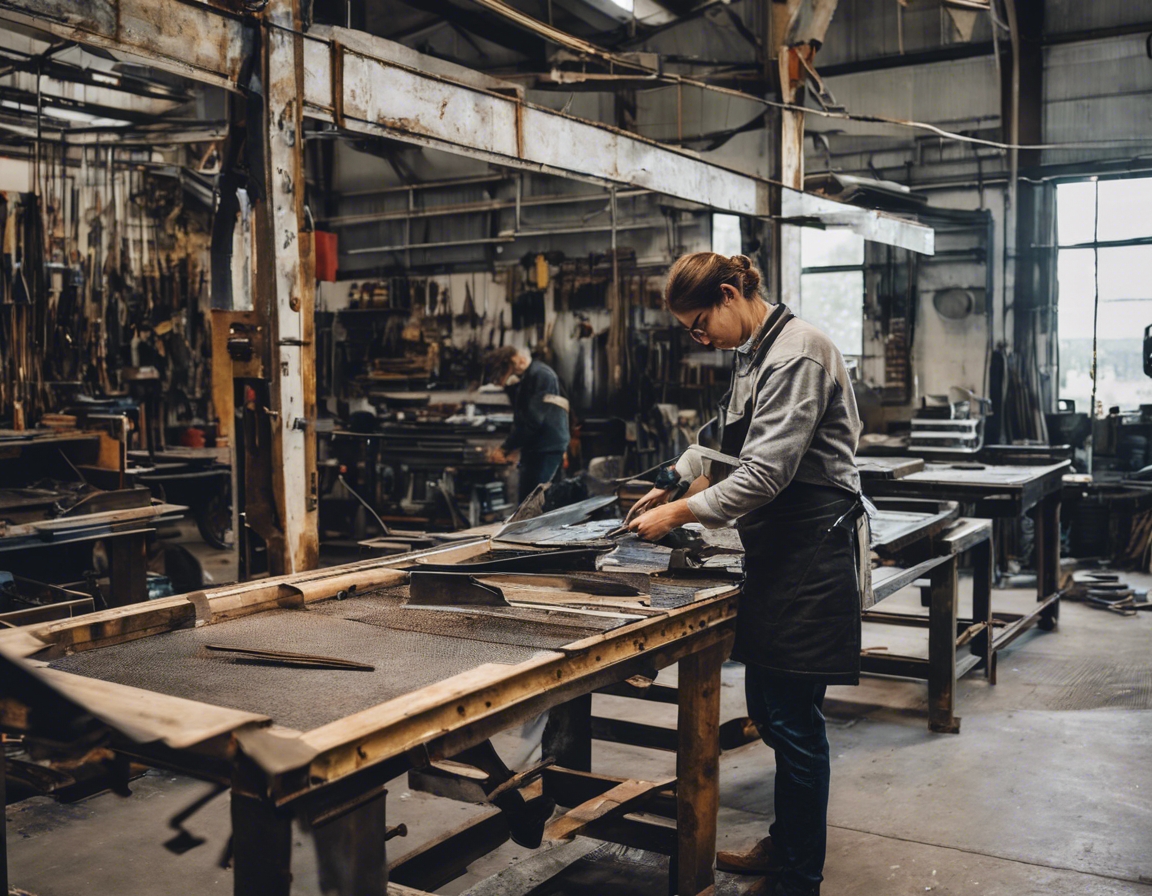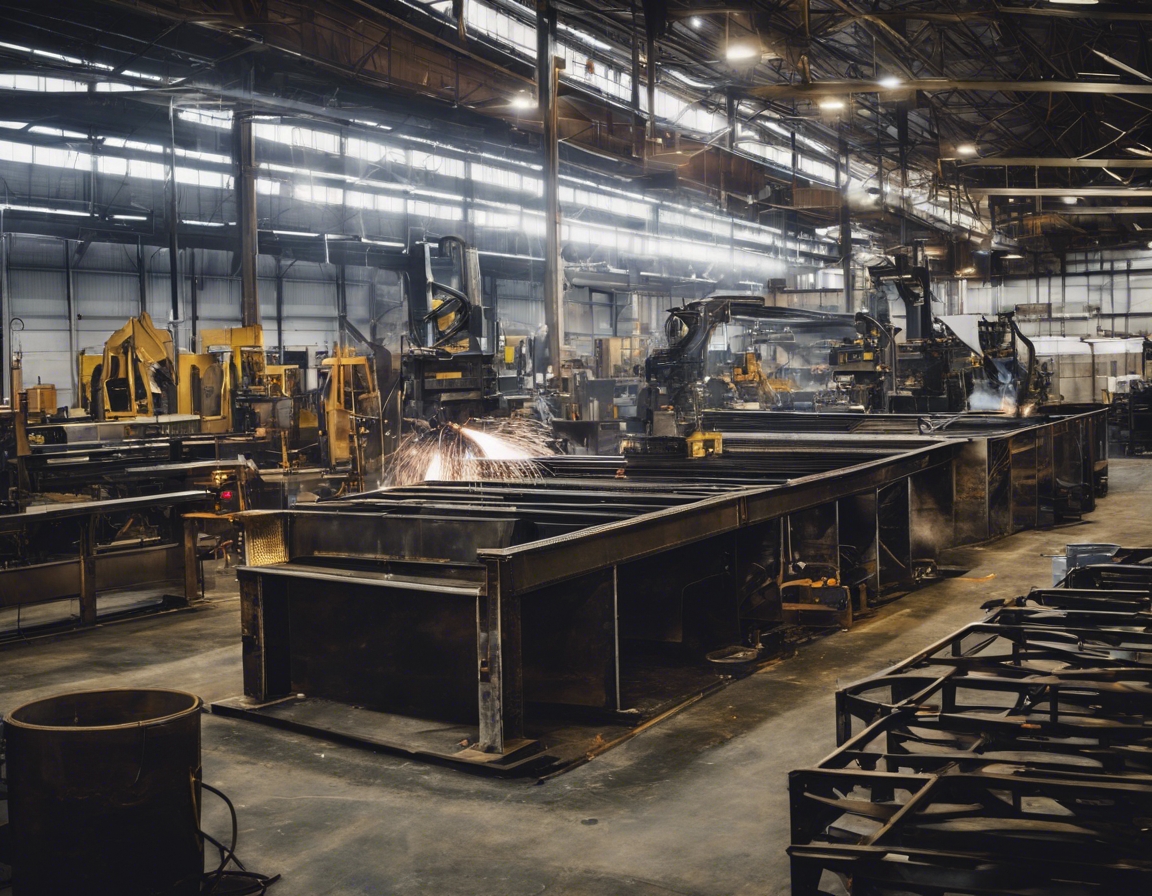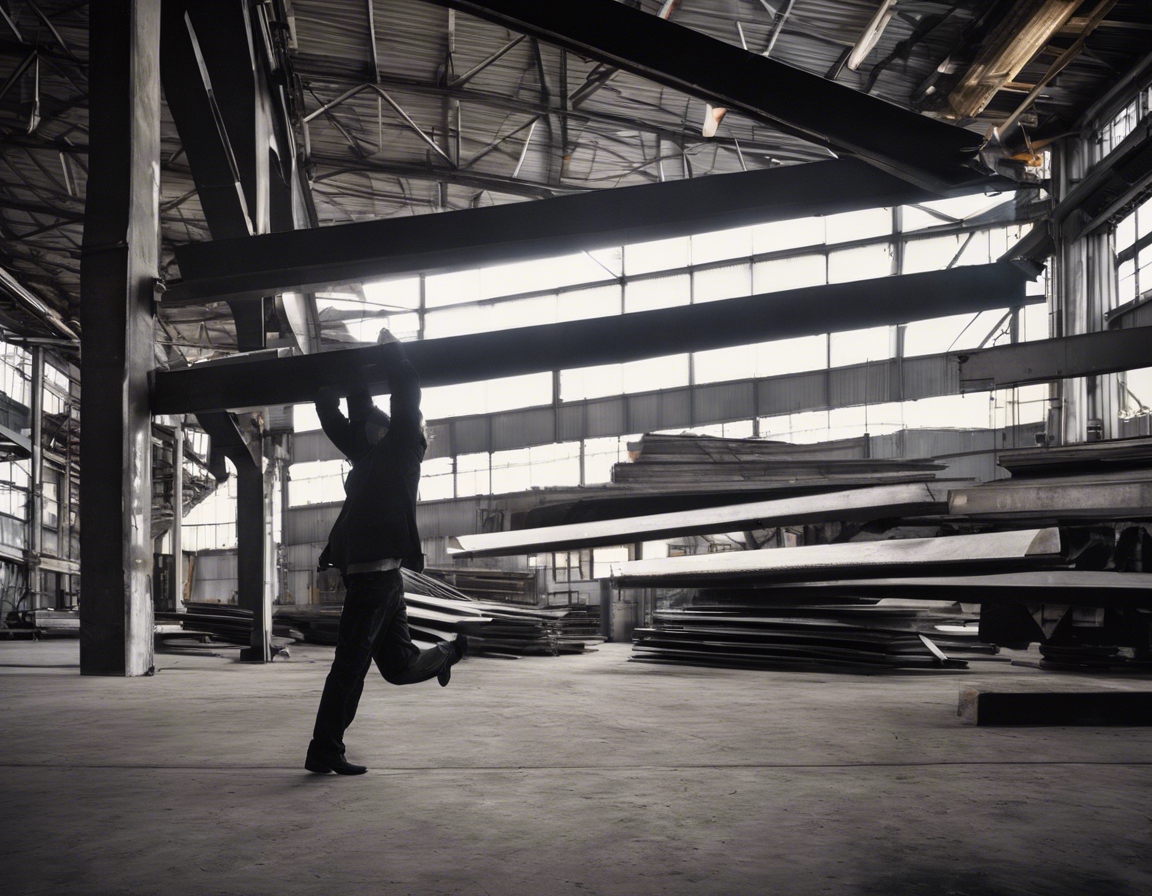The art of metal structures: from design to installation
Metal structures form the backbone of modern industry, providing the necessary support and framework for machinery, buildings, and infrastructure. Their durability, strength, and versatility make them indispensable in various sectors, including manufacturing, energy, construction, and utilities.
From towering skyscrapers to intricate pressure vessels, metal structures come in all shapes and sizes. Each type serves a specific purpose and requires a unique approach to design, fabrication, and installation.
The Design Phase
The journey of a metal structure begins with an idea. This phase involves understanding client needs, site conditions, and regulatory requirements to create a viable plan.
Choosing the right materials is critical for the structure's performance and longevity. Factors such as environmental conditions, load requirements, and budget are taken into account.
Engineers and designers use advanced software to model and detail the structure, ensuring all components work together seamlessly and meet safety standards.
Fabrication of Metal Structures
The fabrication process starts with cutting and forming the raw materials into the required shapes and sizes, using precision tools and machinery.
Skilled welders and fabricators join the pieces, paying close attention to welding procedures to maintain structural integrity.
Throughout the fabrication process, quality control is paramount. Inspections and testing ensure that the structure meets all specifications and safety requirements.
Transportation and Logistics
Transporting large metal structures to the site is a complex task that requires careful planning and specialized equipment.
Safety is the top priority during transportation. Measures are taken to secure the load and protect both the structure and the public.
Installation and Assembly
Before installation, the site must be prepared. This involves creating a stable foundation and ensuring all utilities are in place.
Using cranes, hoists, and other equipment, the structure is erected. Expert installers use precise techniques to align and secure each component.
After installation, final inspections are conducted to confirm the structure is ready for use. Once approved, the project is handed over to the client.






Comments (0)